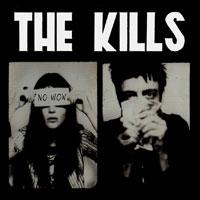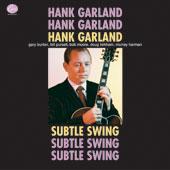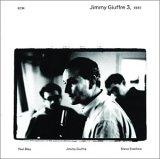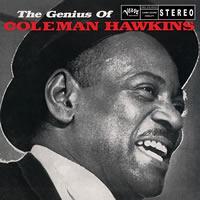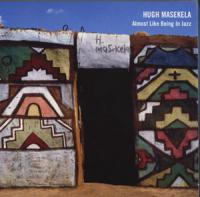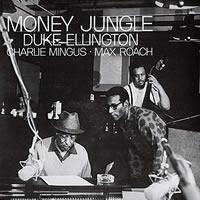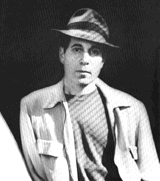LATEST ADDITIONS
|
Aug 01, 2005
|
Aug 01, 2005
|
Aug 01, 2005
|
Aug 01, 2005
|
Jul 31, 2005 |
First Published: Dec 31, 1969
|
Jun 30, 2005 |
First Published: Dec 31, 1969
